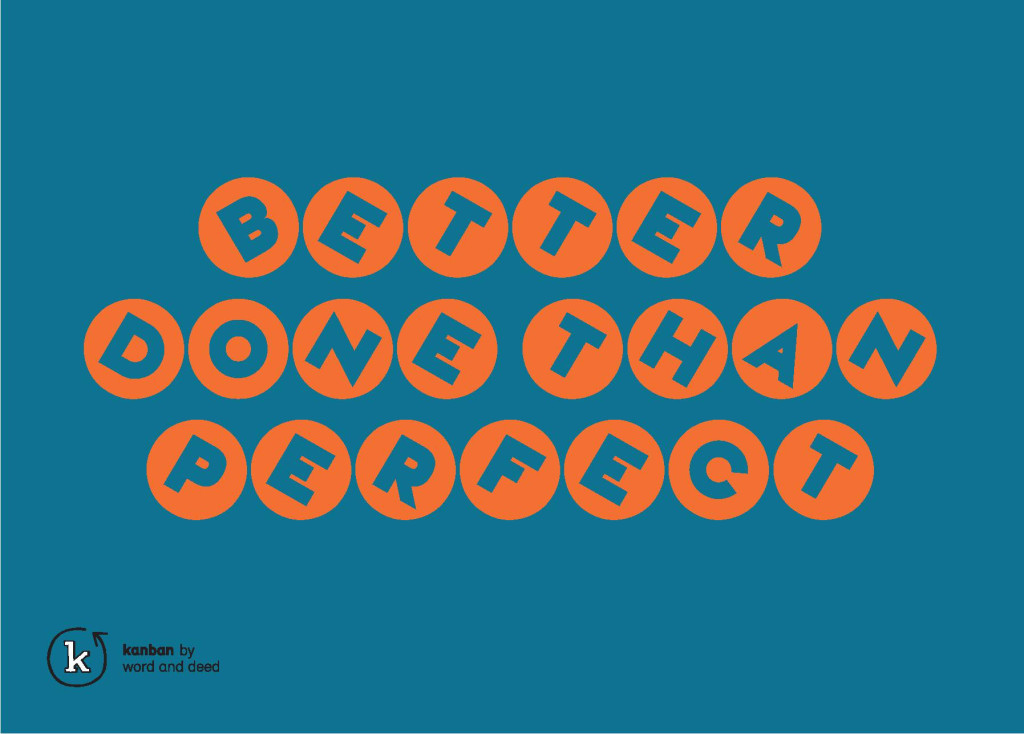- Are you someone who gets stressed because you want to do everything as perfect as possible?
- Do you struggle with your tasks because you do not really know when they are finished?
- Do you find that you often have difficult discussions with colleagues, superiors or clients because the expectations about the outcome of a project or task were somehow not clear?
There are two ideas that I find helpful in this context:
Firstly, the idea of defining the purpose of a project, subproject and task clearly
And second, the definition of when something is done.
Let’s start with the purpose. It is helpful to discuss at the beginning of any venture, project or larger task what the purpose is and to formulate this purpose in a way that can be memorized by any member of that venture or project. Maximum one or two phrases, possibly using an image or metaphor to get to a level of understanding that is really the same for everyone.
The second idea is about defining clearly what the result of a task has to be. There are three interesting approaches to this to ensure that tasks are finished and that we are not caught in an endless loop of perfectionism and never finish a task.
The first idea is called “definition of done”. When can I decide that this task is really finished? What needs to be accomplished exactly? Try to be as specific as possible and as brief as possible. (As a kanban person, for me it has to fit on a post-it note).
The second idea is called “acceptance criteria”. This is slightly different to “definition of done”, or a different way to formulate the “done”. What criteria have to be met so that you can say that this task is truly finished?
The third concept I like best: “Minimum scope”. It is the embodiment of the “better done than perfect” idea. With this exercise, you define (maybe with your colleagues or your client) what is the minimum that is requested so that you are happy with your result.
This approach lets you reflect about ways to simplify, to strip down complexity and to make things valuable, but easy. What is the bare minimum that is required? This helps you create value without investing too much, and if you still have more time, you can perfect the outcome in a next cycle.
***
***
Let us make an example for the purpose and for all three ideas of defining task outcome:
This Friday I will be presenting suggestions for a new name for a radio segment on the Swiss public radio. As I know that this name will be mostly heard on air and that how it SOUNDS is much more important than how it LOOKS, i want to present them in an audio format.
The PURPOSE of the project is to find a great name for two hours of radio in the afternoon that describe the character of that segment and is interesting enough to attract new audiences.
Task definition (presentation of names)
a) “definition of done”: We have an audio recording for each name, showing how the name is used by anchors in every day situations that happen in the radio show
b) “acceptance criteria”:
– Each name is visible in a presentation
– Each name has a recorded audio part that can be clicked in the presentation to hear the name used in an every day context
c) “Minimum Scope”: We are able to read the names to the client in the presentation, for each name showing how the name is used at the beginning of the segment (the “greeting”), how it is used in the context of every day situations in that segment.
Possibility to expand the scope: Record the examples that you have prepared to read in the presentation and integrate them into the presentation.


